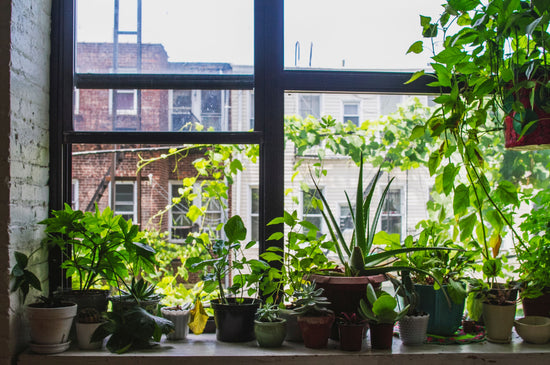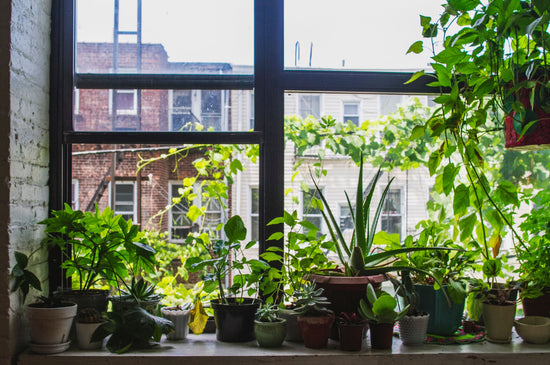Blueberry Bliss: How to Keep Your Plants Thriving All Year Long
Blueberries are a delicious and nutritious addition to any garden. Whether you're growing them in pots or creating a dedicated patch in your backyard, understanding the best practices for year-round care is essential. With the right techniques and the right plants, like the Emerald Blueberry Plant, you can enjoy bountiful harvests season after season.
Choosing the Right Blueberry Variety
Selecting the right variety is the first step to a thriving blueberry garden. Southern Highbush, Rabbiteye, and Northern Highbush blueberries are some of the most popular types, each suited to specific climates. For container gardening, varieties like the Blueberry Plant 4-Pack are an excellent choice.
Preparing the Perfect Soil
Blueberries thrive in acidic soil with a pH of 4.5 to 5.5. Testing your soil before planting is crucial.
- How to Adjust Soil pH: Use peat moss or sulfur to lower pH levels if needed.
- Ideal Soil Mix: Combine acidic soil with organic matter such as pine bark or compost.
Sunlight and Water Requirements
Blueberries need full sun to produce optimal fruit. Make sure your plants receive at least 6-8 hours of direct sunlight daily.
- Watering Schedule: Blueberries prefer consistently moist soil. Water deeply but avoid overwatering to prevent root rot.
- Mulching: Apply a 2-3 inch layer of mulch around the base of your plants to retain moisture and reduce weeds.
Fertilizing for Growth
Blueberries benefit from fertilizers designed for acid-loving plants. Apply fertilizer in early spring when buds begin to swell and again after harvest.
- Pro Tip: Avoid over-fertilizing as blueberries are sensitive to excess nitrogen. Use slow-release fertilizers for steady growth.
Pruning for Productivity
Annual pruning keeps blueberry plants healthy and productive. Remove weak or dead branches to encourage new growth.
- Best Time to Prune: Late winter or early spring before new growth starts.
- Pruning Tips: Thin out crowded branches to improve air circulation and sunlight penetration.
Pests and Disease Management
Blueberries are relatively pest-resistant but can still fall victim to common issues like aphids, spider mites, and powdery mildew.
- Natural Remedies: Use insecticidal soap or neem oil to tackle pests.
- Preventative Measures: Ensure proper spacing between plants for good airflow.
Companion Planting and Pollination
Planting multiple varieties close together enhances pollination, resulting in larger and sweeter berries. Consider the Blueberry Variety Pack for a diverse garden.
Year-Round Blueberry Care Calendar
- Spring: Fertilize and prune.
- Summer: Water regularly and harvest.
- Fall: Prepare plants for dormancy by reducing water and applying mulch.
- Winter: Prune and protect plants in colder climates.
FAQs
1. How often should I water my blueberry plants?
Water 1-2 inches per week, adjusting for weather conditions. Consistency is key.
2. Can I grow blueberries in containers?
Yes, blueberries thrive in containers. Ensure the pot is large enough and use acidic soil. Consider the Patio Fruit Plant Variety Pack.
3. What is the best mulch for blueberries?
Pine bark, needles, or wood chips are ideal for retaining moisture and maintaining soil acidity.
4. How do I protect blueberries from birds?
Use bird netting to cover your bushes and prevent birds from stealing your harvest.
5. When should I fertilize my blueberry plants?
Fertilize in early spring and after harvest using a fertilizer for acid-loving plants.
By following these tips and selecting quality plants like the Blueberry Plant 2-Inch Grower’s Pot, you can ensure your blueberry garden thrives year-round.





